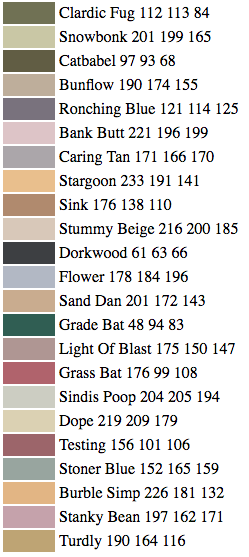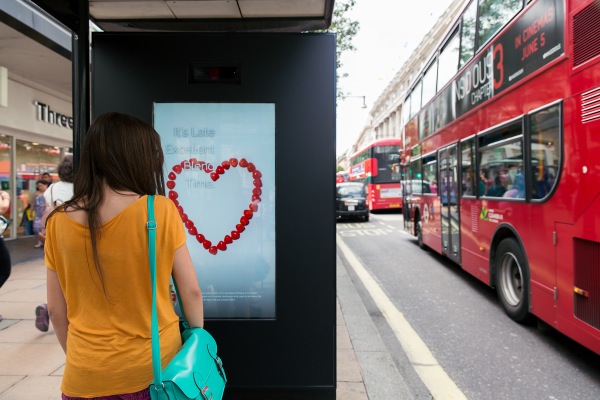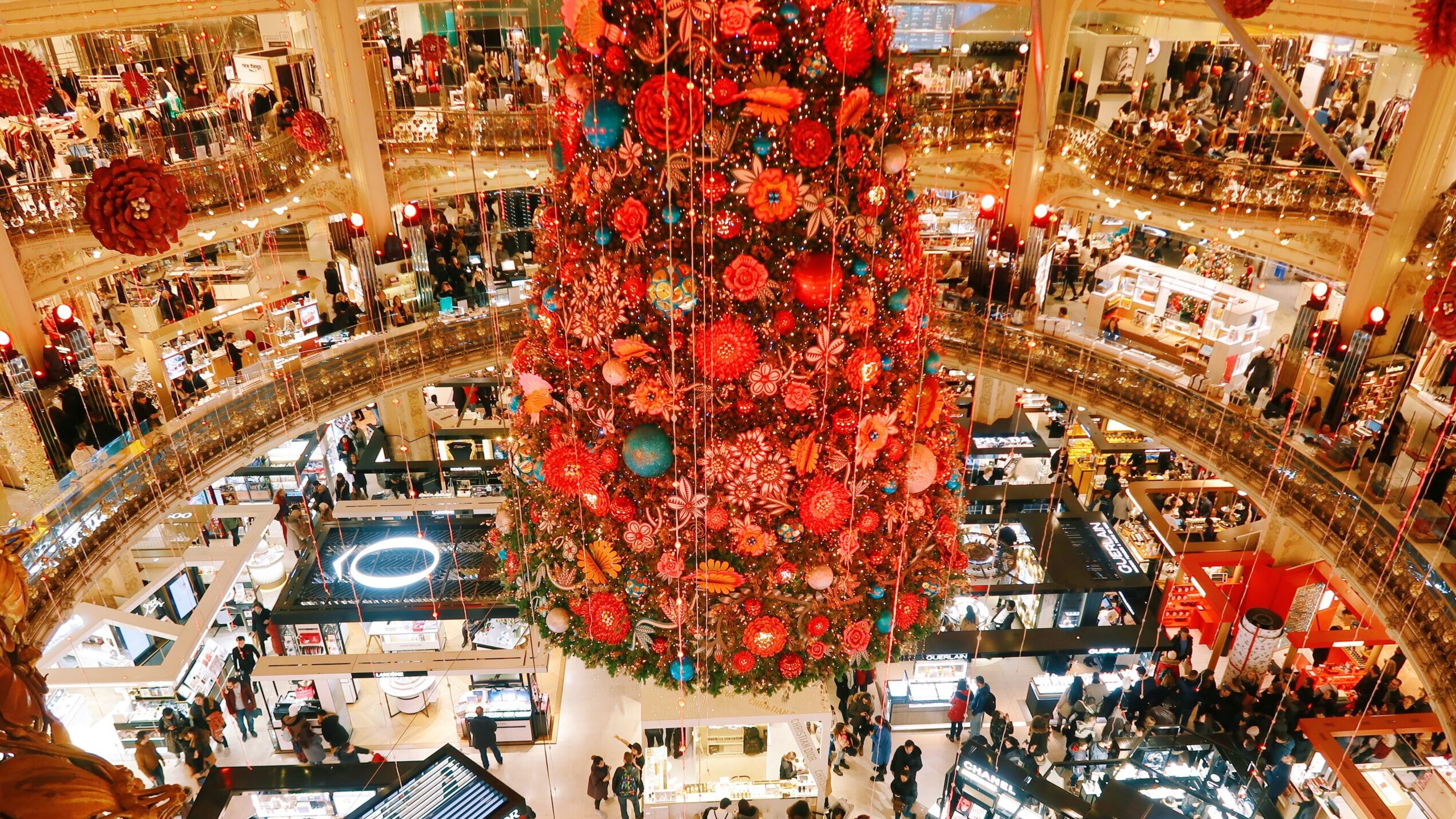The gig economy is alive and well. In fact, this modern online phenomenon has only…
Artificial Intelligence: Your Creative Partner or Replacement?
Stanky Bean anyone? Maybe a touch of Turdly?
That’s what you get when you ask artificial intelligence to get creative. Research scientist and neural network expert Janelle Shane put AI to the test by training a neural network to create new paint colors.
She writes on Tumblr, “For this experiment, I gave the neural network a list of about 7,700 Sherwin-Williams paint colors along with their RGB values. (RGB = red, green, and blue color values.) Could the neural network learn to invent new paint colors and give them attractive names?”
The answer is no. But is AI a true creative fail? Far from it.
In 2016, John Smith, IBM Fellow and Manager of Multimedia and Vision at IBM Research, used the IBM Watson cognitive platform to create a trailer for the horror film, Morgan. Watson analyzed hundreds of existing horror movie trailers and then selected scenes from Morgan, which editors spliced together. What would have taken weeks by traditional methods took only one day.
Even before that, M&C Saatchi’s digital posters on London’s Oxford Street displayed ever-changing images, from monochromatic blocks of text to minimalist compositions and sayings. Using facial tracking technology and genetics-based algorithms, the posters learned from the people who viewed them and incorporated that data into future designs.
Before a bunch of creatives out there have a mass panic attack, remember that AI’s role is very much delegated to that of an assistant. At least for now.
“It is not our goal to recreate the human mind,” explained Rob High, Vice President and Chief Technology Officer for IBM Watson. “That’s not what we’re trying to do. What we’re more interested in are the techniques of interacting with humans that inspire creativity in humans. And that requires that we spend time thinking about that creative process. What could we do to help people come up with new ideas on a much more regular basis than they do today?”
“The promise of what AI will be able to do is to start to knock on the door with emotional words or knock on the door of what will lead to do emotional decisions,” said Alan Schulman, Managing Director of Brand and Creative Content Marketing for Deloitte Digital, in an article for CNBC. “But the end of the day conception or ideation is a human thing.”
In other words, AI needs human beings to function – particularly the creative ones.

From a marketing standpoint, here are three ways AI can serve as a creative partner, courtesy of Chris Neff, Executive Producer, Director of Digital and Experiential, with Tool of North America.
accelerate the simple stuff
Stuck on copy updates and reiterations? Look no further than tools like Wordsmith. Machine learning is an obvious choice for simple, time-sensitive copy needs, freeing up creative minds to concentrate on strategic ideation. You’ll save both time and money along the way.
fill the content pipeline
Accenture reports that 90 percent of marketers expect their content needs to grow over the next two years. Again, that means time and money. “In addition to generating an arsenal of content at scale, AI can be used to optimize these assets based on users’ interests or geography,” Neff explains.
create immersive experiences
Augmented reality (AR)—the mainstream clamors for it. You only have to think of Pokemon Go for proof. “AI and AR technology can be used to create powered layered experiences that connect people with brands as they experience things in the real world,” says Neff.
He concludes that the greatest significance of AI in the creative field is its capacity to “surface previously untapped data correlations to drive unprecedented creativity and storytelling. It is this facet of AI that holds the promise to propel our industry forward—in 2017 and beyond.”




